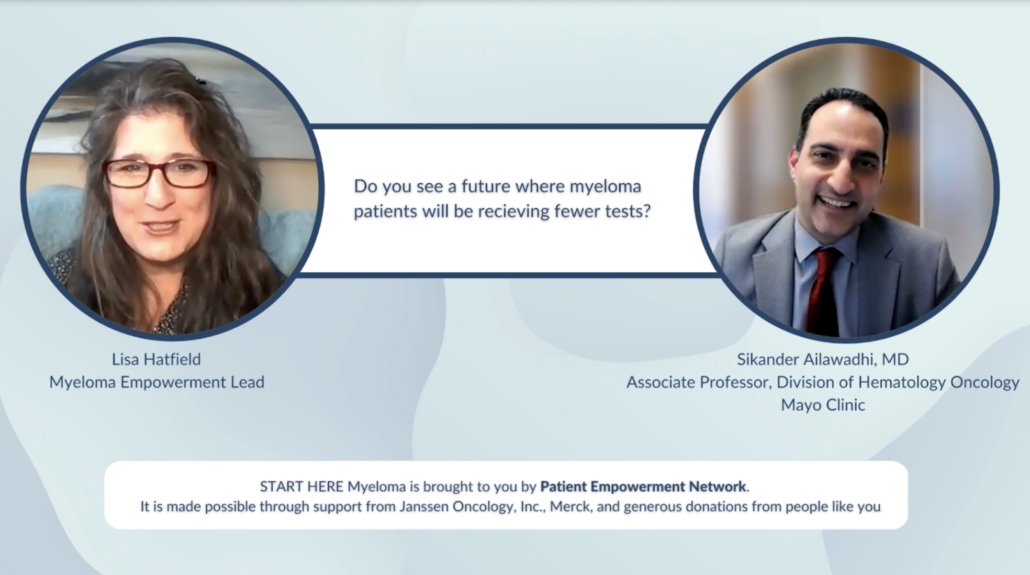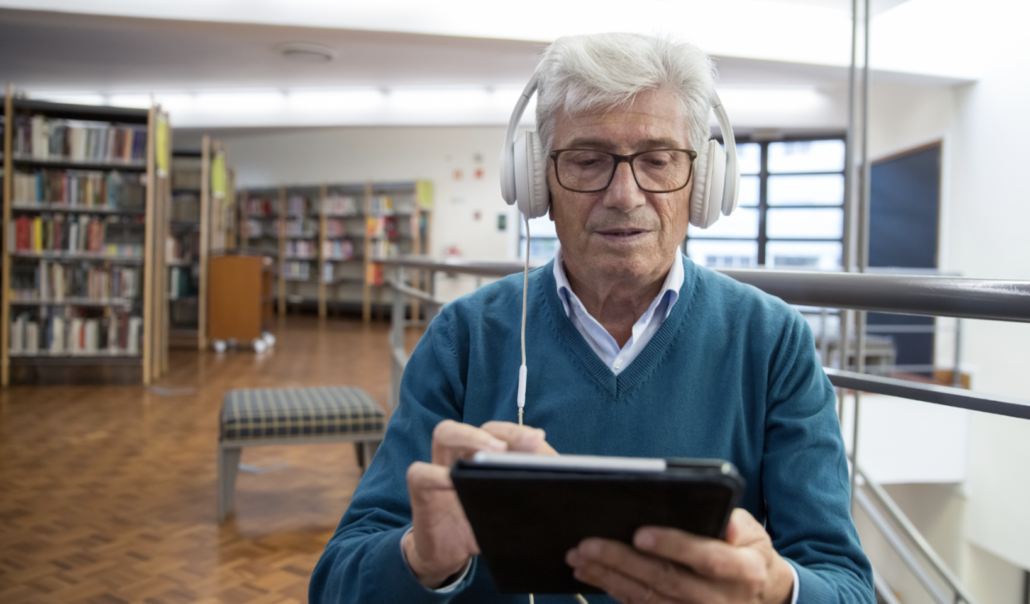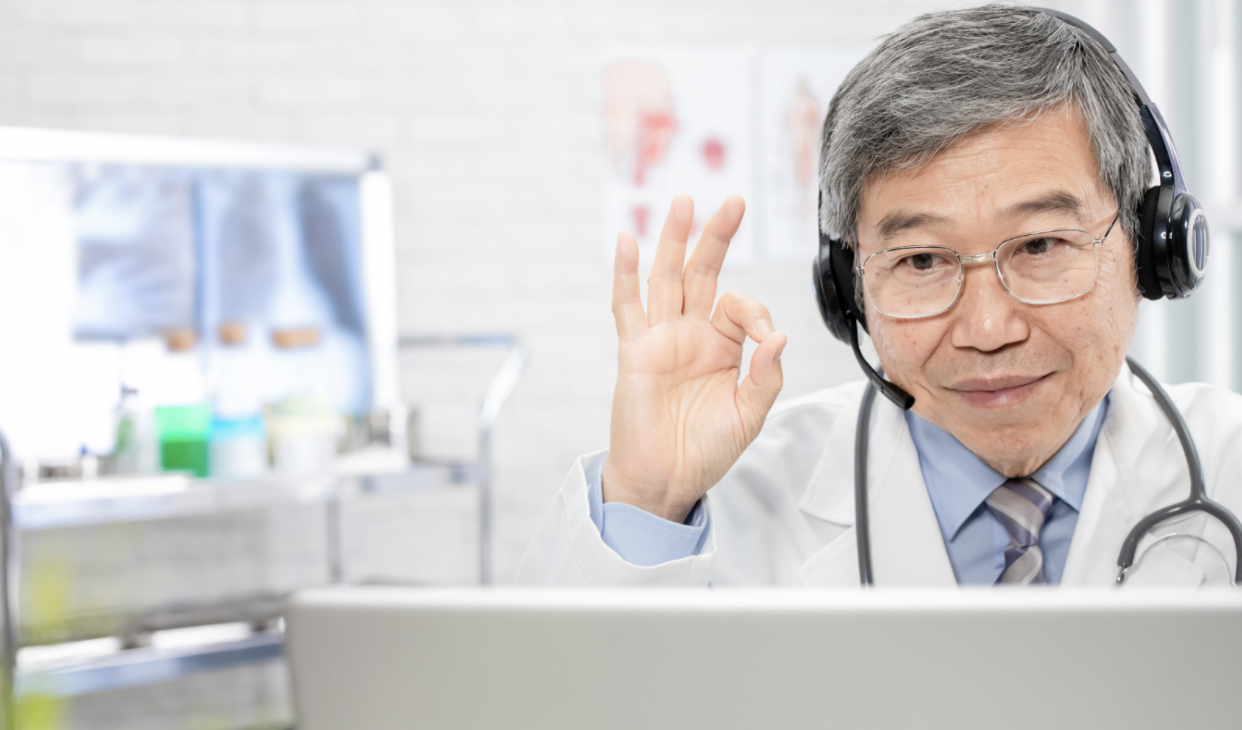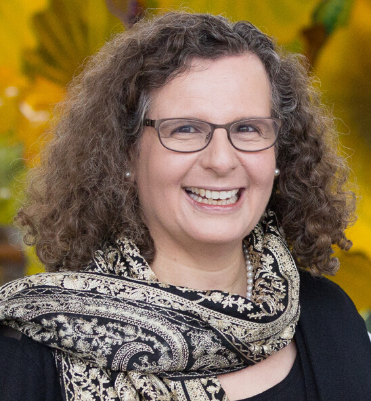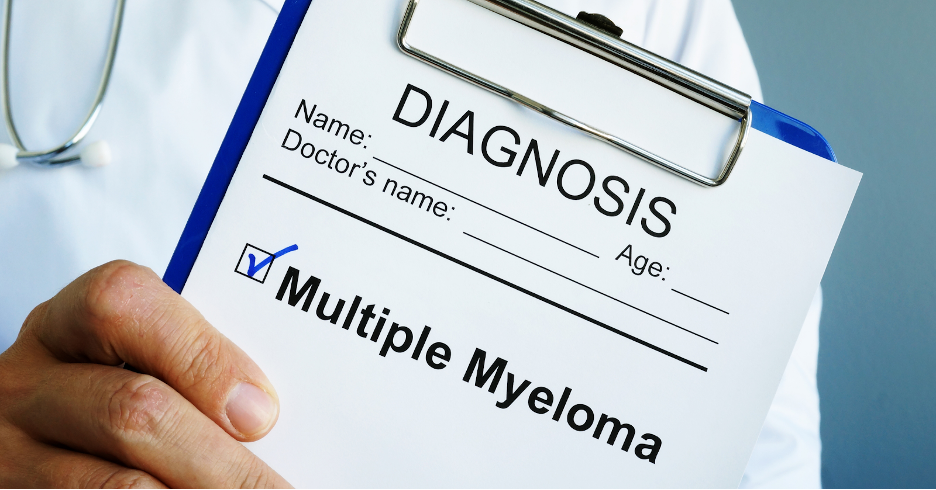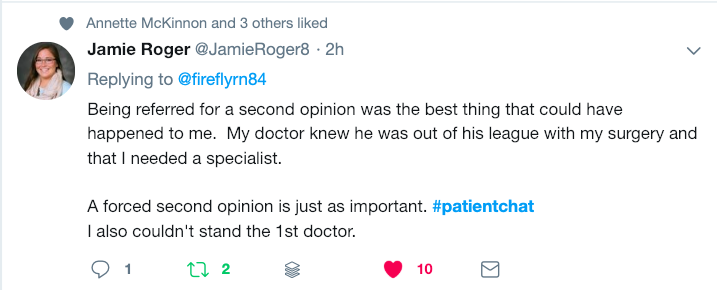IMF Patient and Family Seminar Takeaways
August 2023
Los Angeles, California
Other than bouncing and swaying through Tropical Storm Hillary upon takeoff, the IMF’s Patient and Family Seminar was not only smooth, but wildly successful at imparting knowledge, fostering hope, and providing a jolly, good time.
The International Myeloma Foundation (IMF) typically hosts two Patient and Family Seminars per year (these are in addition to Regional Community Workshops…a bit shorter in duration, but still incredibly valuable for patients and families/care partners). I am grateful to all of the organizations that support education for the myeloma community for all myeloma patients and our families/friends/care partners.
This 2-day seminar hosted an outstanding panel of specialists, including:
- Dr. Brian Durie, founder of the IMF;
- Dr. Robert Vescio (Cedars Sinai);
- Donna Catamero, ANP-BC (Mount Sinai);
- Yelak Biru, President and CEO of IMF;
- Dr. Rafat Abonour (University of Indiana School of Medicine);
- Dr. Daryl Tan (Mount Elizabeth Novena Hospital); Dr. Noopur Raje (Massachusetts General Hospital);
- Dr. Ajai Chari (University of California, San Francisco)
There is much more than listed here, but I chose 10 specific highlights from this seminar (and will try to provide some context for each) to reduce this article’s length.
I’ve whittled down the topic of treatment to three points that I found most interesting and hopefully useful to myeloma patients.
Number 1: Treatment (Extramedullary Disease-EMD)
For patients experiencing Extramedullary Disease (EMD), often considered to be a more aggressive characteristic of myeloma, and have been through multiple lines of therapy, there was discussion regarding the efficacy and use of bi-specific antibodies for treatment. More specifically (no pun intended), the idea was floated that perhaps using TWO bi-specifics (or bi-specific with TWO targets) might provide benefit to patients with EMD. As a reminder, bi-specifics are designed to bind an immune target (like a T-cell) with a target on a plasma cell (such as CD-38, BCMA, FcRH5, GPRC5D, etc.) to promote cell-mediated toxicity (destruction of the myeloma cell). One of the panelists explained that the efficacy of this scenario is being examined in the RedirectTT-1 trial (which uses teclistamab [BCMA target] and talquetamab [GPRC5D target]) and showing encouraging results. This is hopeful news for anyone experiencing EMD!
My takeaway: If you are experiencing EMD, please work closely with your provider to monitor and treat. If you have not seen a myeloma specialist, this would be a great time to find one (the IMF hotline is an excellent resource to assist with this 1-800-452-CURE [2873]).
Number 2: Treatment (Blenrep)
Regarding Belantamab Mafodotin, also known as Blenrep or belamaf, the first of its kind Antibody Drug Conjugate (ADC)…it was interesting to learn that Blenrep was not pulled from the U.S. market due to safety concerns (beyond what had been reported through trials). Though there are toxicities associated with this therapy, of particular note, keratopathy (damage to the cornea), this is not the reason Blenrep was withdrawn from the U.S. market. The trials did not meet statistical endpoints as defined by trial design and did not show as much benefit as expected. For this reason (not safety), the FDA requested withdrawal from the U.S. market.
My takeaway: I have never used Blenrep but can understand why patients would like to give it a try when other therapies have failed. It may show some benefit with some patients. It’s worth watching the future of Blenrep, if the manufacturer chooses to move forward for (re-)approval.
Number 3: Treatment (Immunotherapies)
In the last year, we’ve seen two CAR-T therapies for myeloma approved by the FDA: Cilta-cel (Carvykti) and ide-cel (Abecma). In August alone, the FDA approved two additional therapies for use in myeloma patients: elranatamab (Elrexfio) and talquetamab (Talvey). The presentations on current and upcoming therapies were impressive. From CAR-T to Antibody Drug Conjugates to CELMods and more, there is a robust pipeline of therapies for myeloma patients.
My takeaway: Be hopeful! The number of trials for new therapies, combinations of therapies, and therapies being employed earlier in treatment is encouraging! (Also, my takeaway – learn how to pronounce Modakafusp before it is approved.)
Number 4: Side Effects
A highly animated discussion regarding side effects from diarrhea to Cytokine Release Syndrome. One of the most discussed side effects was neuropathy. Many specialists discontinue therapy known to cause neuropathy and either switch to another therapy, or if maintenance or stable disease, keep patient off of therapy for a period of time. Interestingly, there was significant patient interaction. Many patients found gabapentin ineffective and requested other options. One patient has utilized Scrambler therapy (he qualified by saying it has helped the pain from neuropathy but not the tingling); one patient places a bar of soap (Ivory, now that she is unable to find the pleasant-smelling Irish Spring) in her sheets; and some patients drink tonic water (with or without gin) to combat neuropathy.
My takeaway: Talk with your provider about mitigation options for side effects. All myeloma drugs have side effects for some people.
Number 5: Coffee Breaks
This really was a highlight. During our lovely coffee breaks, we enjoyed hot coffee, snacks, and excellent conversation with other patients and providers.
My takeaway: Enjoying Evian water (and Evian sparkling water) from GLASS bottles was the Number 1 highlight of my weekend and felt luxurious. Water always tastes better in glass vessels.
Number 6: Technology
Data-driven technologies have the potential to save lives, improve treatment through customized treatment, and more accurately screen for diseases such as myeloma. As the use of Artificial Intelligence, especially ChatGPT, increases, it is important to ensure that good sources are the foundation of the data you receive or request.
My takeaway: For any search regarding myeloma, be sure to use a reputable source. If using ChatGPT, include something along the lines of “Use only reputable sources for myeloma” in your prompts.
Number 7: Testing (Imaging)
The most common question regarding imaging for myeloma: What is the best imaging modality for continuous monitoring of myeloma?
My takeaway: X-rays are out; low-dose CT is in. Several specialists now use low-dose CT scans to screen for and monitor myeloma; however, if you are not able to have a low-dose CT, a PET-CT or MRI (whole-body) are superior to X-ray and quite adequate in monitoring myeloma. Routine imaging is especially important for non-secretory disease and extra-medullary (disease that occurs outside of bone marrow and in soft tissue or organs).
Number 8: Testing (Blood)
Though we have many biomarkers to look for in the blood of patients with myeloma, it is still not up to par with bone marrow testing. Most specialists agree that testing biomarkers in the blood (unless non-secretory) is an excellent way to monitor controlled disease. Some specialists request a bone marrow biopsy annually, while others on this panel follow blood work and request biopsy when indicated by changing values. Exciting news on the mass spectrometry front! Known as “mass-spec testing,” this is a very sensitive test (more sensitive than the SPEP) to measure myeloma proteins in the blood will likely be an option for myeloma patients, once guidelines are established for its use and equipment and training is “rolled out” to other facilities. It is currently in use at Mayo Clinics; this panel is hopeful to see FDA approval and potential wide-spread access in the next year (maybe by mid-2024?).
My takeaway: Ask your oncologist if mass-spec testing is available for you, if you are interested in one more data point regarding your disease. It will not replace bone marrow biopsy soon but will serve as a deeply sensitive test for disease monitoring.
Number 9: My Number One Takeaway
Myeloma is a complex disease with complex and numerous treatment options. Please find a specialist. Even if it’s for one consult.
Number 10: Overall
This seminar was excellent! Excellent presenters, excellent patients, excellent questions, excellent conversation, excellent food, excellent content.
My takeaway: Seminars such as this (and those offered by other organizations like Healthtree, MMRF, and LLS) provide a wonderful opportunity to learn the latest information regarding myeloma AND a warm, welcoming environment to promote networking among patients and families. If you are interested and have a chance to attend, I highly recommend it. I also recommend finding a support group (in-person or online). Networking and friendships from support groups are invaluable.
One final bonus to mention…the IMF really gets myeloma. A table of blankets and pillows was stacked high for anyone needing a little extra comfort/support…myself included. A soft pillow behind by hole-y spine and an ice-cold sparkling water from a glass bottle…I’m already looking forward to the next myeloma vacation. Um…I mean, seminar.
-Lisa
This article is solely based off patient experience and is not intended to be a substitute for professional medical advice. Please consult with your physician or qualified health care provider with any questions you may have regarding your medical condition.
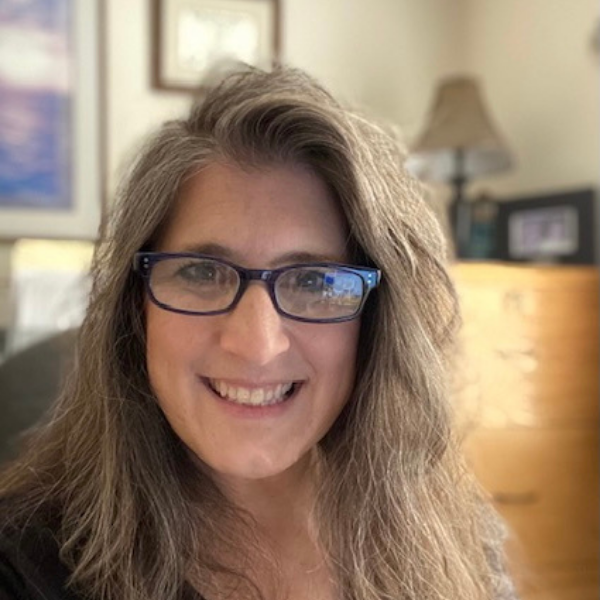
Lisa was diagnosed with Multiple Myeloma at the age of 49 and serves as PEN’s Multiple Myeloma Empowerment Lead Learn more about Lisa here.

